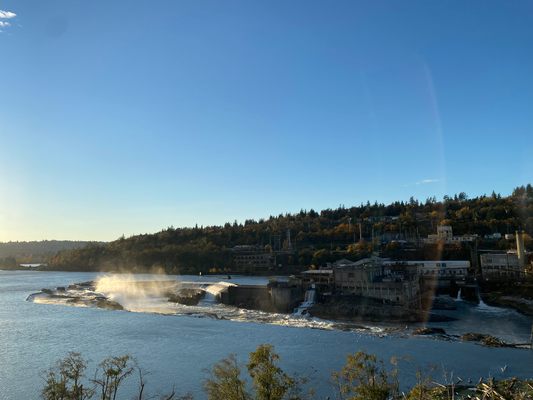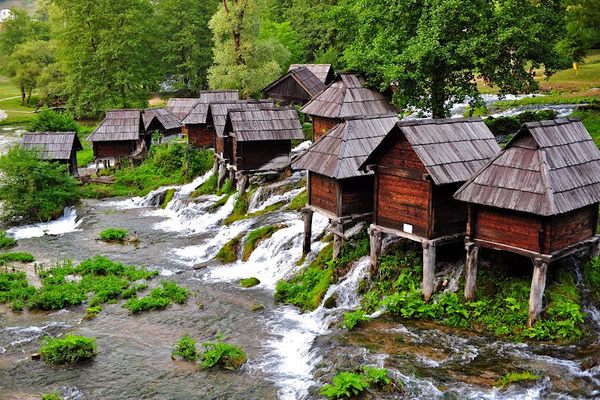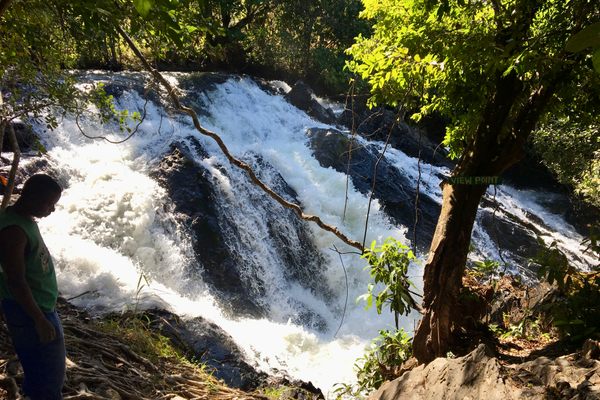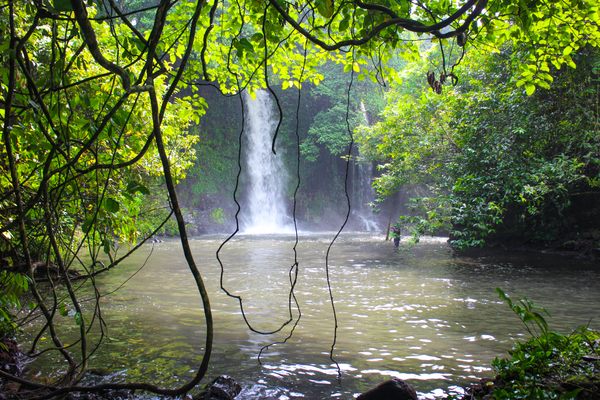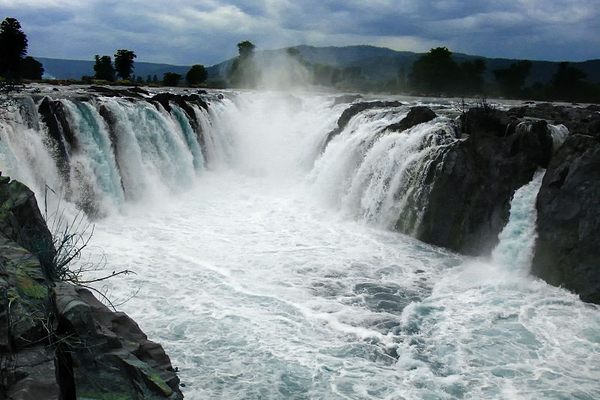About
The Willamette River flows north through some of the most fertile and abundant land in the Pacific Northwest. So rich is the land around the Willamette that two-thirds of all Oregonians live within the confines of its valley. Rushing through the Oregon Coast range on one side and the Cascades on the other, the Willamette plummets abruptly straight down the height of a four-story building when it reaches Oregon City. Its average flow is nearly a quarter of a million gallons a second – for the U.S., that’s a volume of water second only to Niagara Falls.
On the east and west sides of Willamette Falls, the livelihood of entire cities was long supported by two paper mills and one of the oldest water-powered plants in the country. Given the four-story drop of the Falls that spans over 1,500 feet, a system of locks and canals was needed to allow passage of logging and shipping vessels. But as local industry in both timber and paper waned by the end of the 20th century, the canal and locks system was first converted to accommodate pleasure and fishing boats. By 2011 it was no longer affordable to keep the system running at all, and it has since been shut down.
Willamette has powered not only heavy industry but also some of the most abundant fishing grounds in the western United States. As the last stop along the Oregon Trail, pioneers may have settled the area around the Falls starting in the mid-19th century – but before there were paper mills, canals or locks, long before the wagon trains arrived, Native Americans centered life around the Falls to harness the bounty of the churning waters. Dating back thousands of years, local Native tribes (the Warm Springs and the Yakama), have followed the natural migration of both chinook salmon and lamprey eels, fishing for salmon and harvesting the lamprey. And they have maintained treaty rights to the yearly lamprey harvest (crazy looking eel-like fish with rows and rows of sharp little teeth that make for some serious sucking ability). Salmon and lamprey stocks have declined dramatically over the past few decades, but maybe the loss of water-powered industry along Willamette Falls will be the chinook’s and lampreys’ gain.
Related Tags
Know Before You Go
The Falls are between Oregon City and West Linn, about 15 miles south of Portland
Community Contributors
Added By
Published
January 11, 2016










